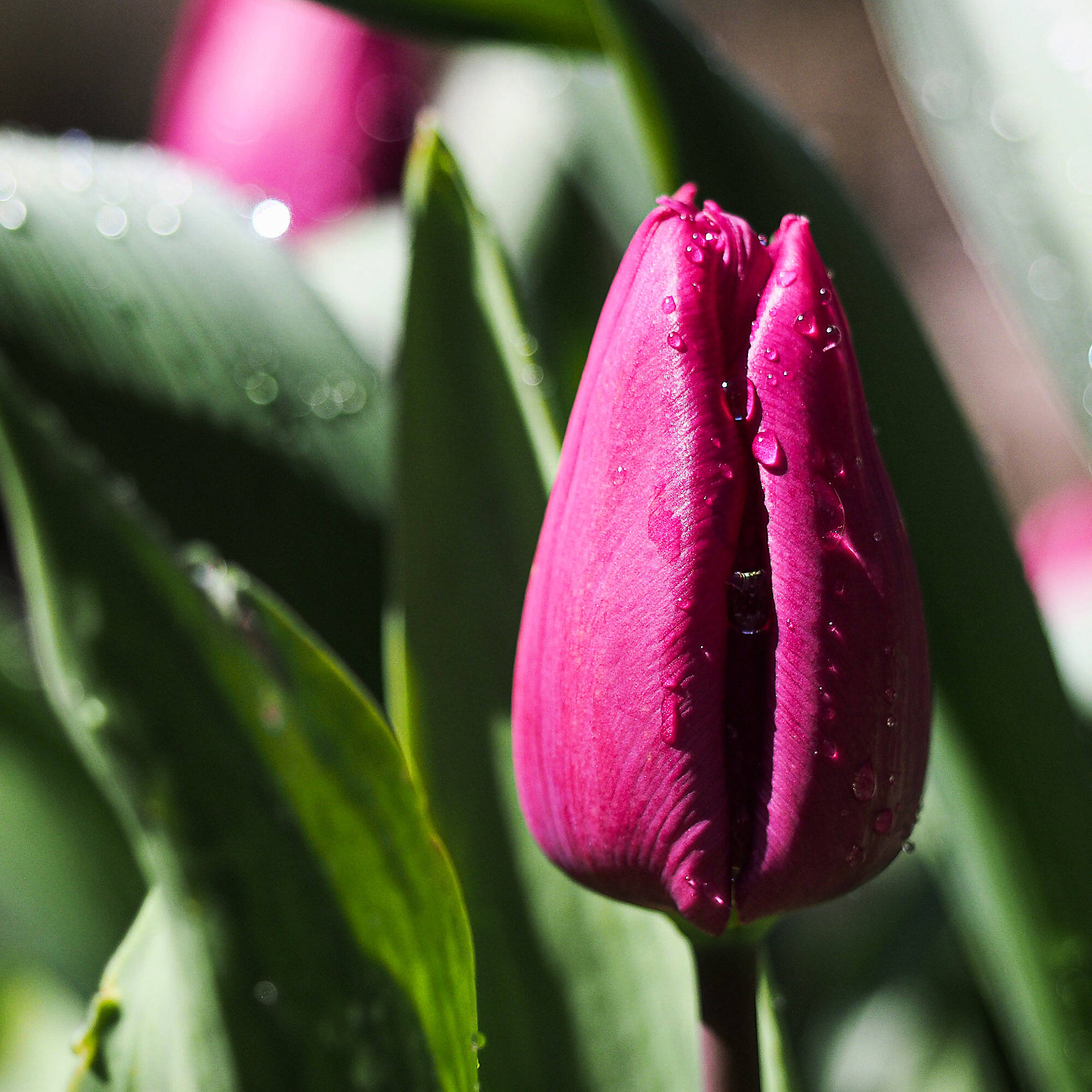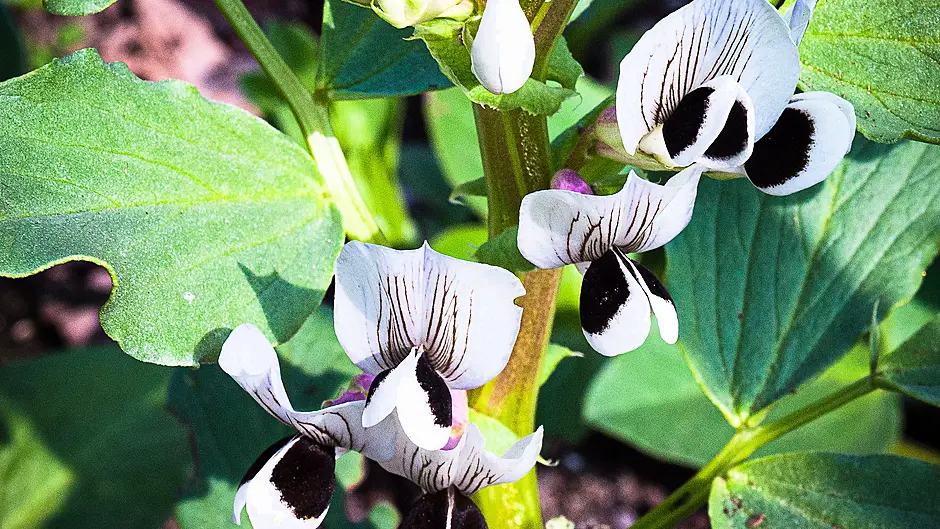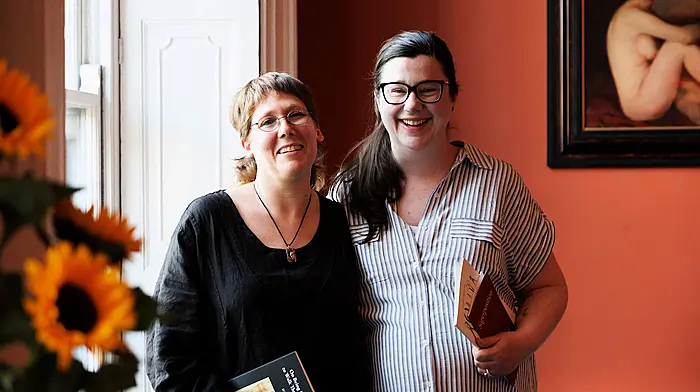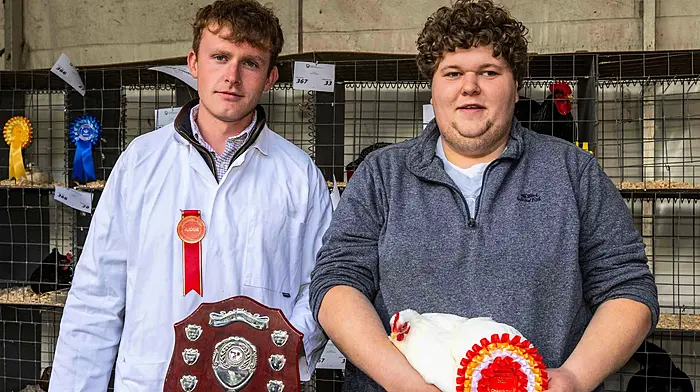The last weeks of March and into April are peak planting times for some vegetable crops.
In most years I would say to get early potatoes and onion sets into the ground as close to St Patrick’s Day as you can and, provided you can protect them from frost, they won’t suffer much damage from early planting. If your garden is well drained or if you grow in raised beds, then this may still apply, but if your garden is on the flat, or at the bottom of a slope, then your soil may be too waterlogged.
It’s better to wait a week or two rather than run the risk of seed potatoes and sets rotting in the ground. But try not to wait too long or you will miss all the advantages that early planting allows.
It will probably come to seizing the day at some point – if the soil is loose enough to break with a fork and if your feet don’t leave marks in the ground – just grab the moment and get these major crops set in your garden.
A few planting tips
Potatoes do well in soil that contains plenty of nitrogen-rich material. Well-rotted manure or compost are ideal. Make sure potatoes have short green shoots before you put them in the ground. Plant around 15-20cm deep if you can – this reduces the amount of earthing up you might need to do. Pile earth on top, if needed, rather than pushing seed potatoes down into wet ground that is below the water table.
Onions are shallow rooting and don’t like competition from weeds. You can plant through a sheet mulch material, but remember to weight edges down well and cut large enough holes to plant through so the growing plants aren’t restricted. Make sure there is plenty of potash in the onion bed – wood ashes and seaweed-rich fertilisers will both provide this.
Also, protect from frost. I cover newly planted potato rows with crop-cover material. This allows some air and water through, but keeps newly emerging foliage protected from frost. If a serious hard frost is forecast then I would cover onion beds too. Small onion plants that are frosted are more likely to bolt.
Keep sowing seeds
Early carrot varieties can be sown now, but avoid heavy soils. Seed germinates best if you scatter some potting compost in the base of the drills. Seed can take two to three weeks to germinate and the compost will provide moisture retention and nutrients at the right moment.
Sow a couple of early courgettes at 20C. The heat can be turned down to 15C when the large seedlings emerge. You will be able to grow these plants on in a greenhouse, cold frame or polytunnel for the earliest courgettes. Sow more seeds in two or three weeks to grow plants for the outdoor garden.
Sow beetroot, spinach, peas and beans directly in rows where they will grow. You may need to provide some cloche and slug protection until seedlings are growing well.
Lots of flowers
Some annuals do well if seed is scattered directly where they will grow, but you do run the risk of seedlings being eaten before you even know they have emerged. Sow seed thickly and thin out plants if lots survive, or sow in pots or trays so plants can go into flower beds when they are larger and more likely to thrive. I sow nasturtiums, nigella, calendula, marigolds, poached egg plant (Limnanthes), cornflowers, poppies, and any other small bedding delights now. It’s worth sowing favourites that are easy to grow and that aren’t easy to buy as small plants.
There are plenty of interesting summer flowering bulbs that can go in the border too. Plant lots of the same type together if you want to have a good splash of colour.
 Bold and bright tulips showing off their beautiful spring colour. (Photos: Ben Russell)
Bold and bright tulips showing off their beautiful spring colour. (Photos: Ben Russell)
Pay attention to what’s growing in the borders already. Some plants are flowering to provide a bold, bright display. Tulips are certainly high on the bold and bright list! Some perennials are only just pushing up leaves and these ones can often be divided if you want to grow on more clumps in different places.
This is a good time to divide snowdrop clumps – the flowers are finished and bulb clumps can be split and replanted while there are lots of green leaves.
Beautiful broad beans
Autumn sown broad beans are flowering now. The flowers smell and look lovely and there is so much promise of the bean pods to follow. Beans are self-fertile but they appreciate a helping hand. Shake plants very gently to allow pollen to fall where it should. If growing under cover, make sure there is an open route for bees to find the flowers and if the first ones don’t set pods then later ones surely will.







